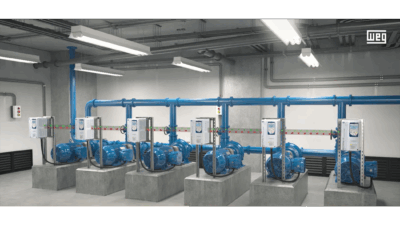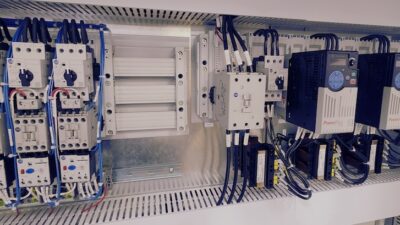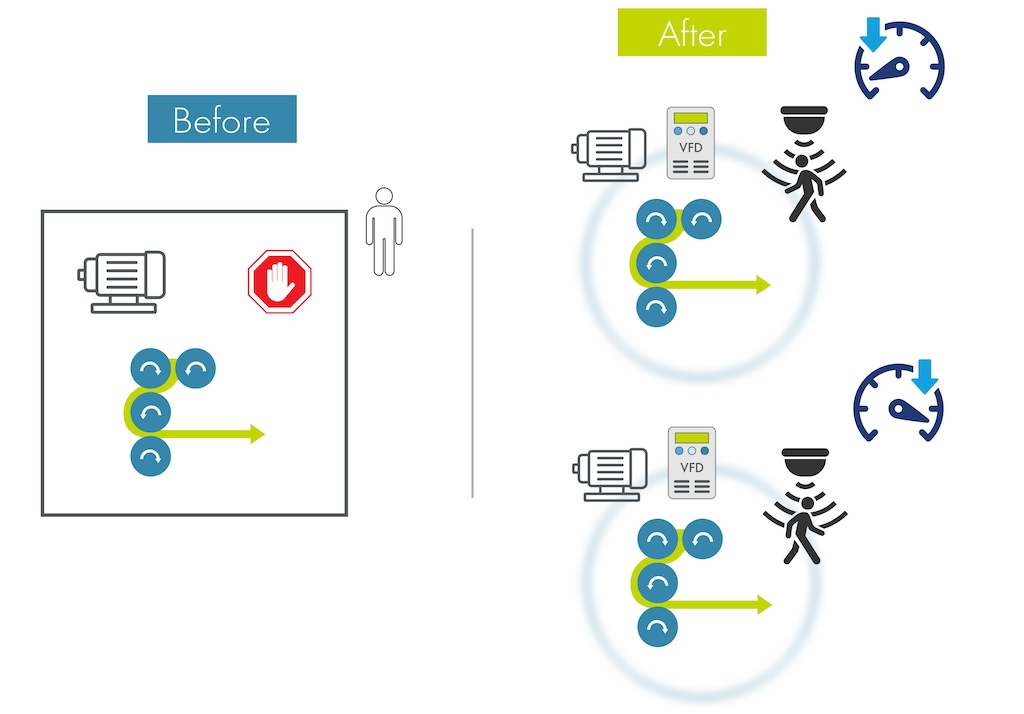The use of VFDs is becoming mandatory because of many new motor designs. Watch these upcoming trends.
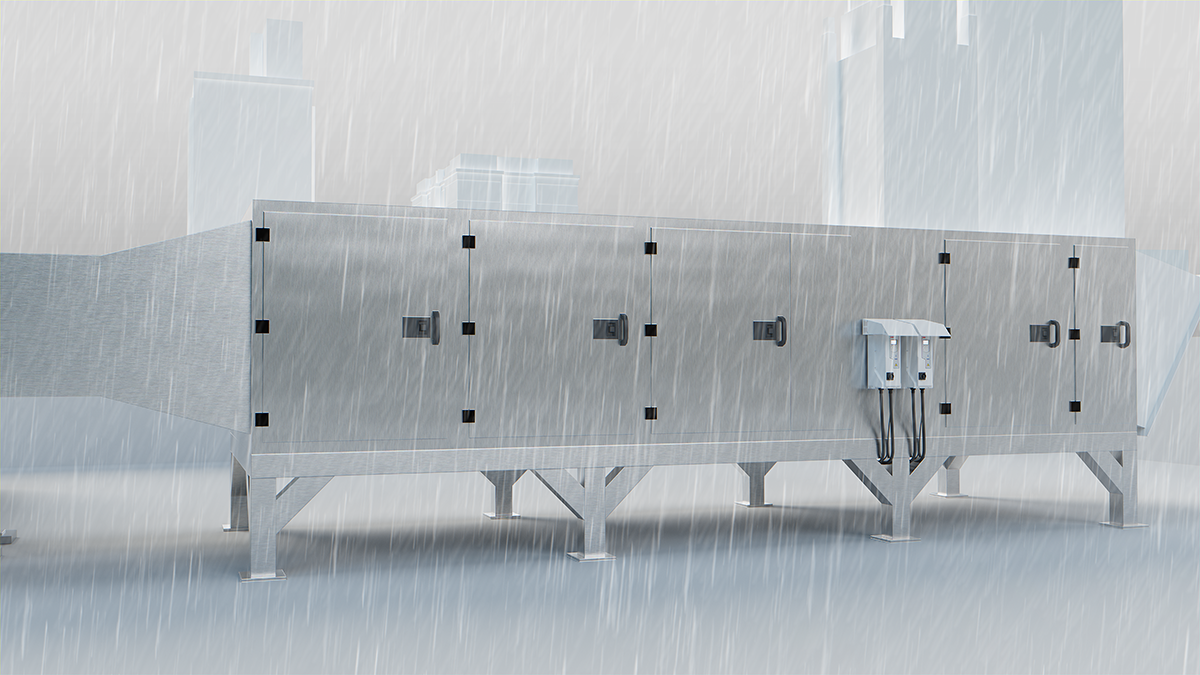
Learning Objectives
-
- Learn how rising global energy costs and usage drive demand for more efficient systems, requiring a comprehensive evaluation of the entire powertrain rather than a single component.
- Understand the evolving concept of sustainability and how its meaning varies based on industry roles, priorities and perspectives.
- Grasp the impact of workforce changes as experienced engineers retire, creating challenges for newer engineers in designing systems that meet end-user expectations.
VFD insights
- This article will delve into the future of variable frequency drive (VFD) and motors, with a focus on discrete drives and motors and whether they will be replaced with motors that contain integral drives.
- The article will discuss why these motors can’t be run across the line and how it impacts both VFD design and system design as well as explore the engineering considerations of those integrated versus loose VFD designs and how that impacts the end user.
Wherever there is a fan (air) or pump (water), there is a motor. If there is a motor, there may be a variable frequency drive (VFD) controlling that motor. In addition to process control, VFDs provide significant energy savings when they can slow down the speed of a fan or pump.
Some high-level trends will impact the future of VFDs and motors. These include:
- Increased global energy costs and usage: The market creates demand for more efficient systems. This means the entire powertrain must be evaluated as opposed to a single component of the system.
- Increased sustainability: The desire to be more sustainable continues to grow and it is important to acknowledge the sustainability concept is a wide-casting net with different meanings to different people, depending on their situation and role.
- Workforce changes: The retirement of the baby boomer generation of engineers is being backfilled by a new generation of engineers who have yet to gain the expertise and range of knowledge of more seasoned engineers. This may pose challenges as less tenured engineers seek to ensure designs fully incorporate the characteristics and features that end users value.
How do these trends impact VFDs and motors?
The induction motor, a century-old workhorse in industrial; heating, ventilation, air conditioning (HVAC) and refrigeration; and water applications has likely reached its efficiency limits. The most efficient induction motors have a NEMA Super Premium or IE4 rating. This means new innovative motor technologies need to be evaluated and adopted by the industry and installed in the field.
In the past decade, motor technology has advanced beyond the efficiency of induction motors, with many of these new designs requiring a VFD to operate, even if speed control or soft starting isn’t required. This means the traditional contactor-based bypass is no longer a viable option. The bypass served as a temporary emergency backup during VFD failures, allowing the induction motor to run directly across the line. Because new motor designs cannot operate this way, alternative solutions are used to increase uptime.
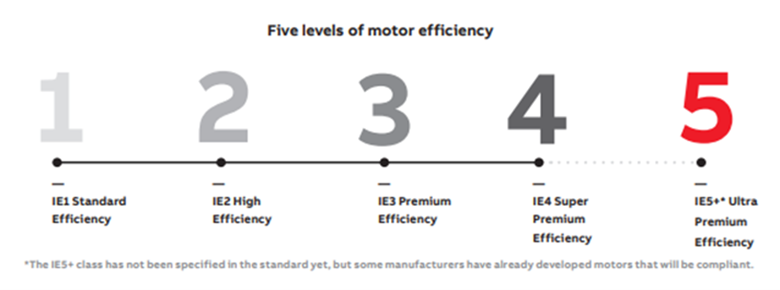
What are those nonbypass solutions that can still maintain uptime? The answer depends on the application, but for pump and fan applications, options include redundant drive packages or N+1 systems. As more motor technologies cannot run across the line, these alternatives will become more prevalent.
A redundant drive package houses two VFDs instead of a single VFD in one enclosure: a primary for the pump or fan and a backup VFD. Both drives share control signals (start/stop, speed reference, safeties, etc.), ensuring the backup VFD has identical speed control functionality.
An N+1 system includes extra system capacity to tolerate an individual piece of equipment failure, often by adding an extra pump or fan. “N” stands for the number of devices required (i.e., pumps or fans) to achieve the desired flow, while the “+1” is the spare device designed into the system.
For example, a system that typically only requires two pumps — whether booster pumps in the basement of a high-rise building or chilled water pumps for a cooling process — if designed with three pumps, each pump would have its own VFD and it would be a N+1 system. The third pump serves as a standby unit, activated if a VFD, motor or pump fails in that system. Control strategies typically rotate primary pumps to equalize runtime and even wear and tear across all three pumps.
Sustainability plays key roles in the future of motors and goes hand-and-hand with efficiency. However, sustainability is increasingly influencing motor design, especially in motors with rare earth magnets. While permanent magnet (PM) motors offer higher efficiency, rare earth magnets have significant environmental impacts due to mining and limited recycling.
From a life cycle sustainability viewpoint, rare earth magnets are not ideal due to the significant environmental cost of mining and limited recycling options. As the use of PM motors with rare earth magnets grows due to the efficiency levels, these negatives are driving innovation toward motor designs that either don’t use magnets or use more environmentally friendly standard ferrite magnets. Synchronous reluctance motors along with ferrite-assisted synchronous reluctance motors are two motor technologies that are becoming more prevalent.
Discrete or integrated VFD and motor?
Another trend to monitor is whether the VFD remains a separate discrete component from the motor or becomes integrated. Both approaches have pros and cons and it’s too early to tell which industries and applications will adopt this packaging approach. To better understand the potential adoption rate of integrated solutions, one market and application to monitor will be HVAC fan arrays. Fan arrays may be equipped with discrete VFD(s) and motors or integrated solutions like electronically commutated motors (ECMs).
ECMs have speed controls integrated into the motor. An ECM does not use a traditional VFD, but its integrated electronic speed controller is the same concept as a VFD. Take an air handling unit (AHU) with a fan array to compare discrete and integrated solutions. The various positive and negative attributes of both the discrete and integrated solutions on a HVAC fan array application also will relate to other applications and industries.
Before exploring the future, let’s review the existing discrete VFD and motor solution for fan arrays, considering some of the previously mentioned trends like efficiency, sustainability and changes in the engineering community’s demographics. With that baseline, we will then compare to integrated solutions.
Motor, fan and airflow efficiency
When considering global energy costs and usage, it emphasizes focusing on the entire system efficiency rather than just individual components. The discrete solution allows the VFD, motor technology and the fan design to be chosen independently. This allows the AHU design engineer to have the flexibility to choose:
- The most efficient fan design for that specific application.
- The most efficient motor technology based on the size of the fan array. Will it be a six-fan array using 15 horsepower (hp) motors or an 18-fan array using 5 hp motors? Certain high-efficiency motor technologies are only available up to a particular hp size, such as up to 20 hp. Designers keep this in mind when looking at the overall AHU design.
- The mechanical mounting characteristic of the fan and motor. Belt driven or direct drive options are available, with the motor and drive mounted such that it doesn’t significantly impact the airflow.
Flexibility in vendor selection
Sustainability has multiple meanings depending on the situation. Sustainability also relates to equipment or process uptime — if equipment is down due to failed components with long lead times, is it truly sustainable? The plug-and-play approach of discrete components allows:
- An AHU design engineer has alternative vendors for the VFD, motor and fan. Is there a vendor that has seen an increase in lead-time, significantly raised its price, had an increase in quality issues or not been providing good support? If so, engineers have second or third vendor choices as discrete motors have industry standard mounting patterns, or could switch to an alternate VFD supplier.
- A facility manger has alterative vendors for the VFD, motor and fan. If the AHU has a VFD or motor failure and the manager is not satisfied with the support, quality, price or lead-time of the replacement option, then the facility manager can source an alternative brand as the replacement.
Now, let us review the same AHU fan array application but with the integrated ECM solution. Is this the future? An ECM can come with a fan, meaning the speed control electronics (equivalent to a VFD), motor and fan are procured together as a single assembly from a single vendor. Several trends are driving the use of ECMs in current and future AHU fan array designs.

The first influencing trend was efficiency. ECM-based solutions are more efficient than many older designs using IE3 (premium efficiency)-rated induction motors.
Another factor is the changing demographics of engineers. Some of the younger engineers find the all-in-one ECM solution — where the fan, motor and speed control electronics come as an all-in-one assembly — simplifies the design of a system. Some facility managers feel the same way; if an ECM fails, there is no need to troubleshoot if the problem is in the motor or the speed control electronics, as they both get replaced when the entire assembly is changed out. These trends have led AHU fan arrays to be an early adopter of trying ECMs in commercial HVAC applications.
Based on this, integrated solutions like the ECM show potential for some AHU fan arrays. However, with any new or different approach, there are positive and negatives. Consider this from the ECM angle.
Motor, fan and airflow efficiency: The wire-to-air efficiency looks at the efficiency of the entire system. A key component of the system efficiency is the airflow. Many ECM designs have combined motor and speed control electronics in the air stream that impact airflow on a direct drive design, reducing the system efficiency.
Additionally, an air handler designer is limited to the fans provided by the ECM supplier. This limits the designer from selecting different fan blades or wheel types that are more efficient for their specific application. When only looking at the motor, ECMs are more efficient than the average induction motors.
However, there are several discrete IE5 (or better) motor designs that are more efficient than the ECM.
Flexibility in vendor selection: Many fans with ECMs have a unique mounting pattern or control (Modbus) interface. This means that once the specific ECM has been selected, future replacement ECMs must be the same model of ECM. There is limited flexibility when locked into a single vendor or design.
Consider a facility manager dealing with two ECM failures in a four-fan array. They are reliant on the ECM vendor for lead time, service and price of replacements.
Sustainability: Many ECM designs use rare earth magnets, just like the previously mentioned discrete PM motors. One should consider what happens when an ECM fails, such as a bearing in the motor or a capacitor in the speed control. The entire ECM assembly (speed control, motor, fan) ends up in the landfill even though only one small component failed. Unlike discrete motors that typically last longer, most ECM designs are not serviceable. The replacement requires a new ECM assembly to be produced. Throwing away a perfectly functional fan and speed control due to an unserviceable bearing and requiring a new ECM assembly, contradicts sustainability goals.
With all this said, what is the future of VFDs and motors? New innovative motor technology will continue to evolve. But how the industry accepts integrated solutions, like the ECM, remains uncertain.
